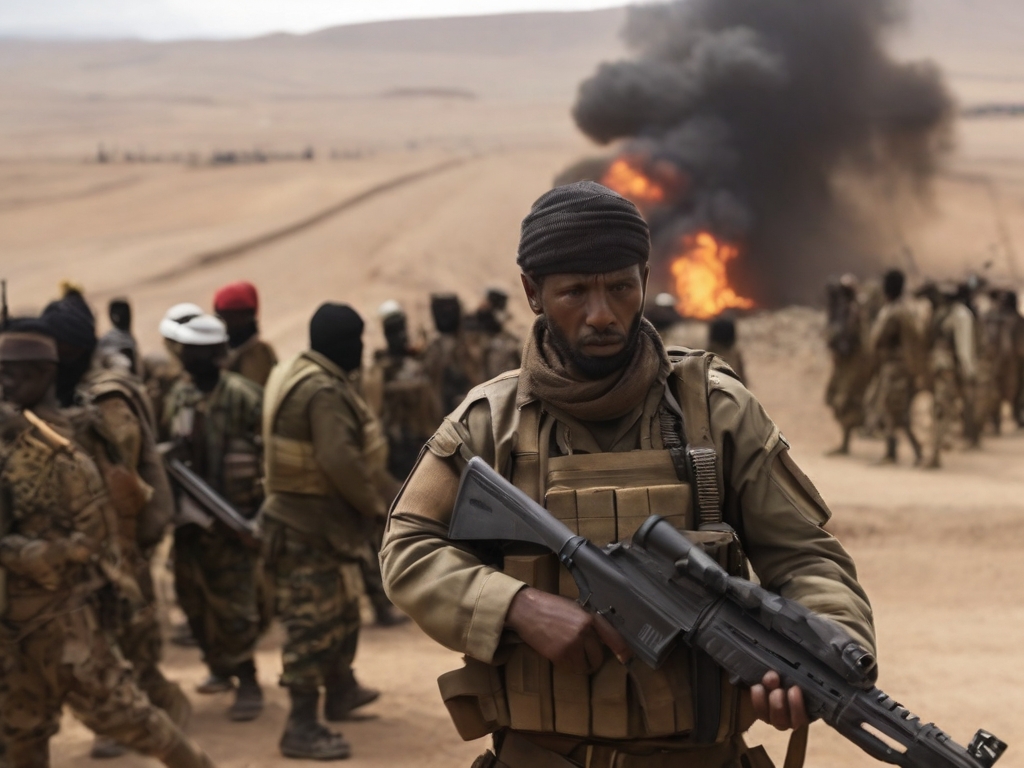AI at the Crossroads of Conflict and Peace: Urgent Need for Dynamic International Regulation
AI will be in the unique position to transform the world into the one with the best judgment processes and resource management by being a game changer. However, to the contrary, the development of AI technologies, in addition, poses some big strategic and operational challenges that may be stressful to handle and can even promote the outbreak of conflicts in case the risk is not assessed or properly managed. It’s really important that such regulations are being put in place in advance and that they have the power to curb all the risks in the industry effectively.
Harnessing AI for humanitarian efforts and conflict resolution
AI technologies can shorten roads and offer new ways to solve old conflicts through data acceleration and prediction models that decrease human errors and biases. For example, AI can assist with humanitarian activities by actually figuring out the best resource utilization method for areas of conflict or natural calamities, as well as human endeavors. Otherwise, AI simulations and the models will be able to create new insights into conflict resolution methods based on the predictions of various scenarios’ outcomes. With so much potential, however, it opens another dimension that may be able to see AI in opposition to peace efforts when used without being restricted. Social media platforms’ usage of AI, which influences public opinion, creates a challenge; therefore, such delicate issues should be closely watched before the machines are deployed using AI.
AI regulation practice in the EU and the US contrasts, but both sides are looking for a perfect balance that will foster AI growth while mitigating its risks simultaneously. The EU’s framework tends to be more prescriptive, concentrating on thematic paradigms (such as strict safeguards and the ethical implications of AI), as shown by its powerful data protection laws. Such a regulatory style is implemented to stipulate prudent risk assessments and normative agreement with public values and safety requirements in advance.
Balancing innovation and ethics in global AI governance
The US values the development of AI by seeing it as an innovational factor and through productivity enhancement. This strategy assists iterative ones and permits their rapid development and deployment of AI applications, focusing on the post-damage response rather than measures taken to anticipate the emergence of those technological solutions. By drawing on the US approach, one has to deliberate on whether the mechanisms in place are enough to control AI abuses.
The different transcultural and political priorities to which the transatlantic regulation contrasts create, in addition, the scenario of a global deliberation on how innovation with ethics is balanced in AI’s governance.
The manifestation of risks in AI-motivated technology presents a mix of predictable, known threats and unexpected ones emerging fast and having far-reaching consequences. For example, one can be familiarized with AI’s competence in streamlining tasks and the potential resulting economic shocks. Illustrations include job losses in many industries, which could escalate social inequalities and give rise to discontent if not handled sensibly.
Crafting global AI military regulations
Another point to mention is that the incorporation of AI in military plans, especially in autonomous weapons systems, comes with the emergence of vital ethical and security problems. These technologies would bring into question their unpredictability in settings where the stakes are high, which makes it necessary to create international regulations and agreements pertaining to the adoption of these technologies, which is very crucial. To cope with these problems, there should be a vision of AI risk management, which is different from the present approach. This approach should include:
- Building risk evaluation models in AI fairs is necessary to prepare the environment before deployment.
- Constructing regulatory frameworks that can change at the same dynamic pace as AI research and development and its impacts across society.
- Supporting the development of an international framework of regulation and agreements concerning the usage of artificial intelligence, mainly in terms of military strategies.
The double-edged duplicity of AI in either being peace-enhancing or aggravating international conflict parses the necessity of regulatory constructs that are ingenuous and accommodative. The EU and US are trying to regulate their environments in such a way that they may reap the economic benefits and, at ease, minimize the AI risks. Nevertheless, the consistent cooperation and common approach the nations’ leaders should follow will help AI reach its full potential, while the negative consequences will be reduced. To take into account the advances of AI in its development and deployment only, we need to understand how to handle these processes, maintaining AI as a solution for peace instead of a cause of conflict.
This article originally appeared in emerging risks






